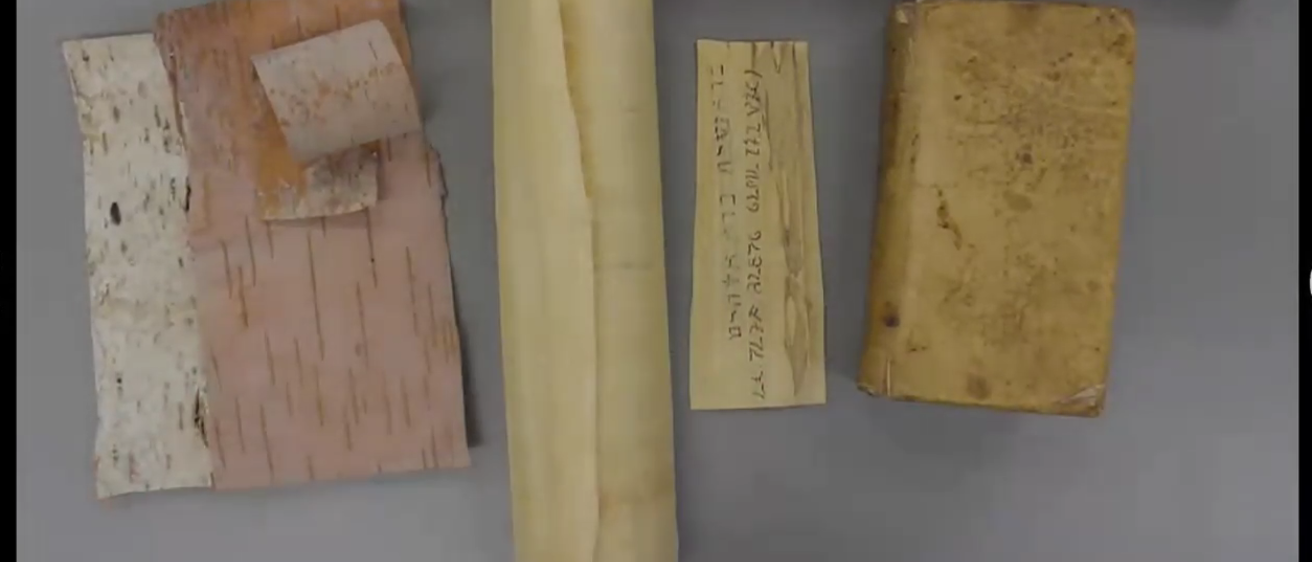We had a busy fall semester over at team IISICCA. Though the pandemic continues to postpone plans for in-person events, our commitment to collaborative research has not slowed. Proof was found in our Thursday afternoons, when the research team met on Zoom to discuss ongoing progress and questions encountered along the way.
Punctuating these meetings were the first talks in our ongoing Art(iFacts) colloquium series, where IISICCA members as well as visiting scholars are invited to communicate their ongoing research questions in the format of a public talk, inviting feedback and engagement from fellow IISICCA researchers and the community at large.
The series was successfully kicked off by Paul Dilley, professor in the UI Classics and Religious Studies departments, with a talk titled “X-Ray Micro-CT and the Recovery of Text in Damaged Ancient Manuscripts.” Paul’s talk gave us an overview of his ongoing collaboration with the University of Kentucky's Brent Seales in applying X-Ray tomography to the reading of two damaged manuscripts written in Coptic, one (pictured below) from the Morgan Library’s collections in New York, and the other at the Chester Beatty Library in Dublin.
Our next event brought us (virtually) to the Conservation Lab at the UI Libraries, where Head of Conservation and Collections Care Giselle Simón gave a hands-on introduction to a wide range of historical book materials (including parchment, papyrus, palm leaves, and birch bark), and how different objects’ conservation needs can vary depending on both material composition and environmental factors.
This crash course in manuscript materials was the perfect primer for the next talk by Eric Ensley, Curator of Manuscripts and Rare Books at the UI Libraries Special Collections. Eric situated IISICCA’s project within the context of cutting-edge work being conducted by library and heritage scientists around the world. Recent developments in the study of spine fragments (where fragments of written parchment are recycled in the inner construction of a new book, a common practice by medieval bookbinders) demonstrate the significance (and often sheer luck!) of such discoveries, and also the importance of developing non-destructive techniques like those at the focus of IISICCA’s mission.
Moving from spine to leaves, the next talk by Professor Emerita of History, Katherine Tachau, guided us through the elements of a page that scholars consider when studying a manuscript book (that is, one written by hand as opposed to printed). One crucial element focused on by paleographers (who study handwriting in historical books) is known as the scribe’s “hand,” or their unique style of writing, which can help experts tie a manuscript to a specific time or place. Professor Tachau also gave an example of the kind of abbreviated writing, including what are called ligatures (symbols like “&” which stand for more than one letter) that scribes historically used, elucidating the possibilities and challenges for using Optical Character Recognition (OCR) and other machine learning techniques to study these resources.
Click here to view the schedule of upcoming Art(iFacts) events and explore materials from last semester’s talks.
